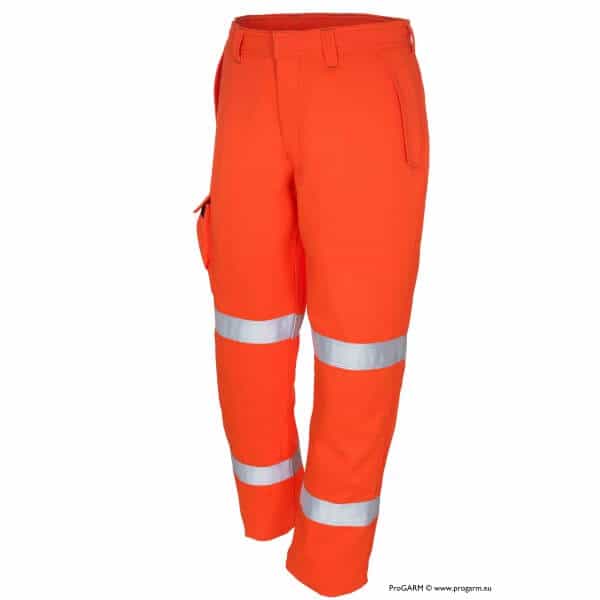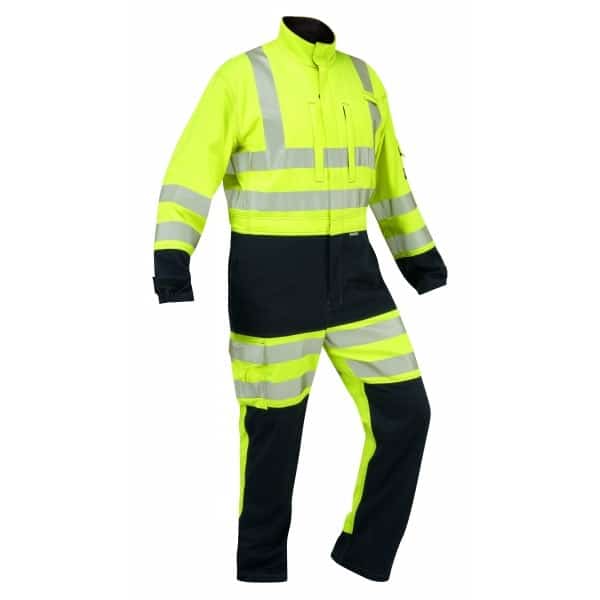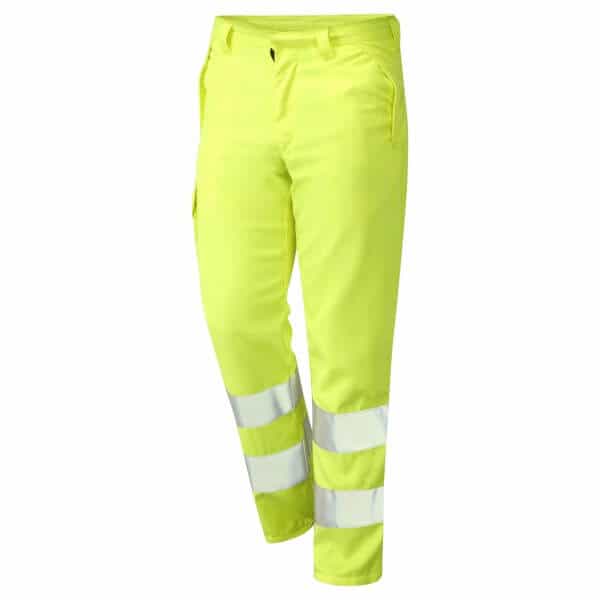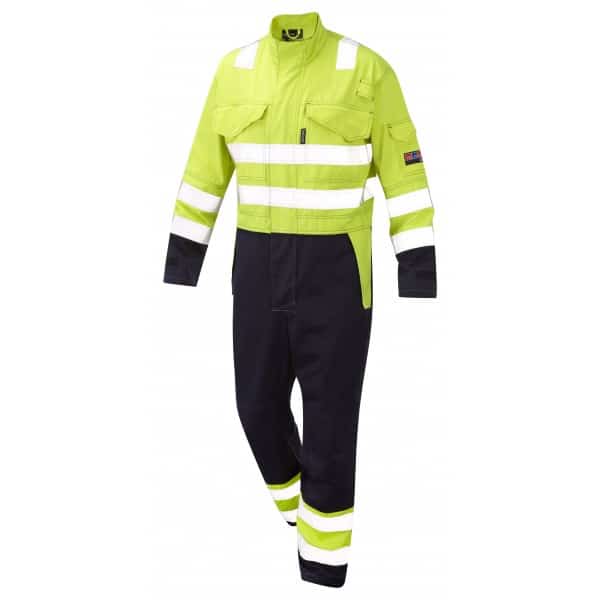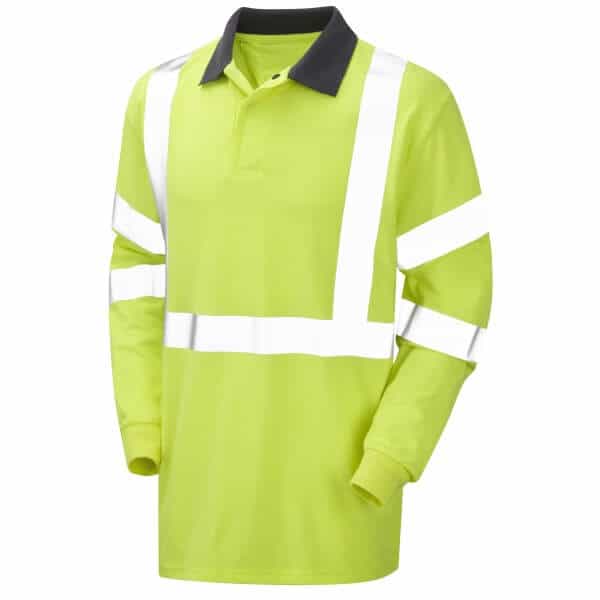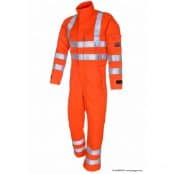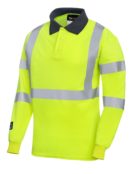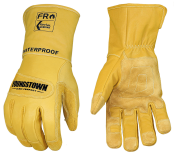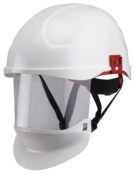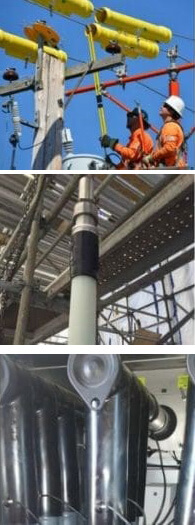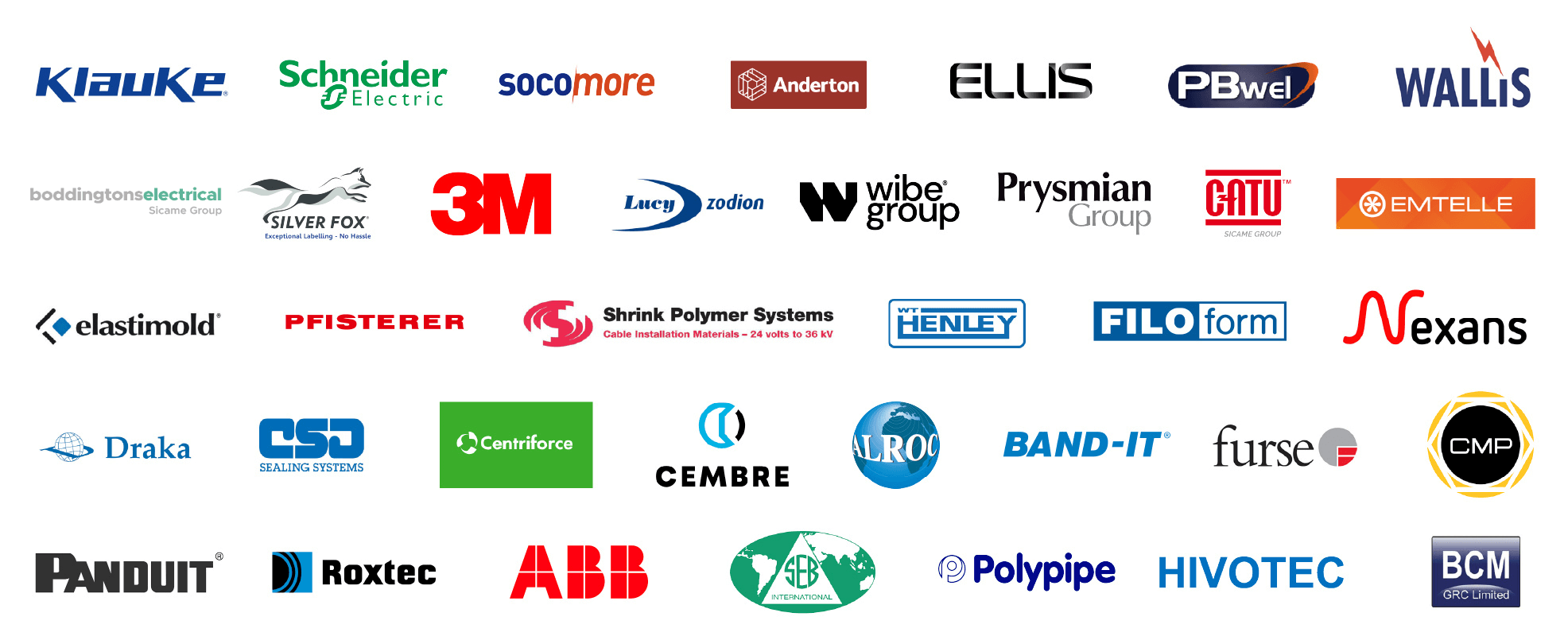Arc Flash Risks In The Rail Industry
Published 30 Jun 2021
 Arc Flash Risks
Arc Flash Risks
A Guide to Arc Flash Risks in the Rail Industry from ProGARM
Arc Flash risks are becoming more widely recognised as a specific cause for concern to those working in the rail industry, over and above general electrical incidents, although there is still work to do on raising awareness of the Arc Flash risks in the rail industry.
An Arc Flash incident can occur any time people are working with electrical components. For the rail industry there are particular risks around working with electrical services and also when breaking ground.
WHAT ARE THE ARC FLASH RISKS TO THE RAIL INDUSTRY?
Clearly our electrified rail network means Arc Flash risks are prominent when carrying out maintenance. Any work on electrified lines or power cables should be risk-assessed and Arc Flash incidents considered.
Strapping tracks is another arc flash risk that could lead to an Arc Flash incident.
And of particular concern, mainly because engineers have to work in such confined spaces, is that there are Arc Flash risks when carrying out maintenance of distribution panels, especially track-side.
HOW CAN WORKERS BE PROTECTED FROM ARC FLASH RISKS?
Arc Flash specialists ProGARM and have developed a range of arc flash clothing products for the rail industry over and above our standard range.
For example, it’s likely an arc flash risk assessment for engineers working on distribution panels will require a helmet with visor and perhaps gloves, along with appropriately-rated clothing.
The Arc Flash risks of an incident on a distribution panel beside a railway track are increased because of the proximity of the worker to the panel and the confined space, meaning the potential energy from an incident could have even more catastrophic consequences.
What doesn’t seem to be widely recognised is the Arc Flash risk from breaking ground during track maintenance, laying new sleepers and cables, putting in new fencing or working close to electrified rails. In our 2017 research, 60% of those who were from the rail sector didn’t know the correct safety guidance for breaking ground (HSG47).
It’s conservatively estimated that around half of all services maps are wrong, so anyone digging or breaking ground could be at risk from a life-altering or life-threatening Arc Flash incident.
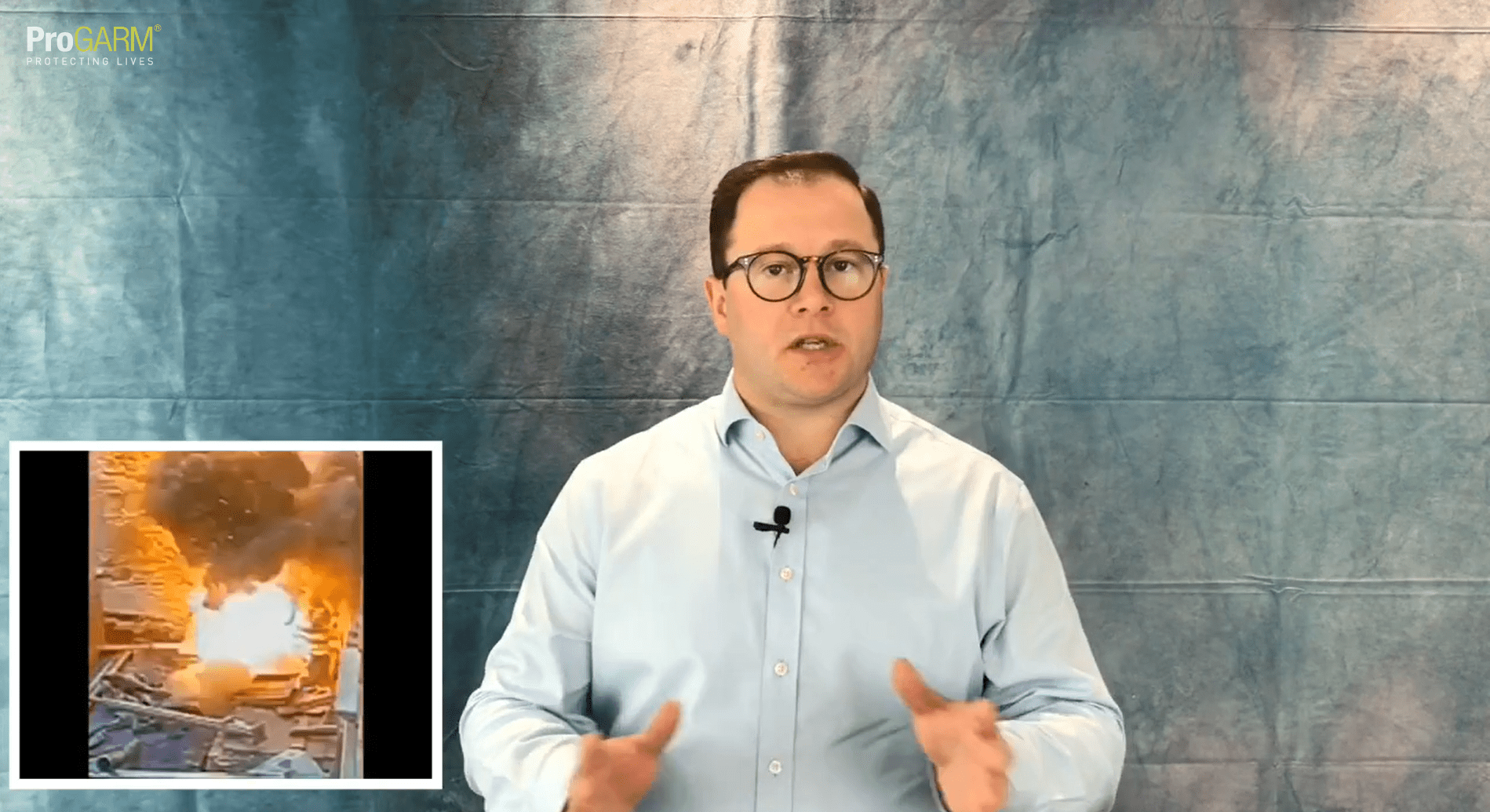
The following video shows the very real danger of breaking ground and striking an underground cable.
ProGARM says ‘An arc flash explosion is a very real danger when breaking ground with the possibility of hitting an underground cable. There is a lot of confusion in the industry, or across industries, around what to wear when breaking ground.
What we would like to bring to you today is an example in a video of what can happen when breaking ground and hitting an underground cable. There were two operatives, they are both bricklayers, they were round a manhole and they needed to break some concrete out from around the manhole. So if we go over the video and run through it as we go.
There’s the arc flash.
We will go over it in a bit more detail now and why it should happen. The guy on the breaker, 22 years old, picks up the breaker and starts breaking the ground. He unfortunately hits the cable, there is a massive explosion, he gets chucked up into the air and across the side. Now he gets up out of shock and tries to get out of the compound.
➡ It is imperative that all workers should wear protective Arc Flash garments whenever they are breaking ground where there is a risk of hitting underground cable.
He doesn’t have any FR or arc garments on so he has significant burns to his body and he spent the next few weeks in hospital having skin grafts. If you look at his colleague next to him, he gets chucked back against the side of the building now he receives burns to his face and hands. However he didn’t go back to work because of the mental trauma of it.
You see it can affect people in different ways, some people mentally, some people physically and in some cases both. What we believe is to have the correct FR arc flash garments for your operatives to give them the correct protection when breaking ground and at the risk of hitting an underground cable because the injuries can be life changing.’
Our industry research tells us that in the rail industry, when breaking ground the fire risk is often carefully managed, but the Arc Flash risks are less well-known.
ProGARM’s protective clothing is flame resistant as well as providing protection from Arc Flash incidents, so there’s no need to compromise, workers can be protected from both hazards.
➡ Let Thorne & Derrick and Arc Flash specialists ProGARM help you choose the correct garments to protect you and your team.
ARC FLASH RISKS SOLUTIONS: ESPECIALLY FOR RAIL
A wide range of our personal protective clothing is available in orange high viz, conforming to the new 2018 RIS Railway Specification.
All of our clothing is lightweight and breathable, ensuring worker comfort while also providing protection when workers are subject to Arc Flash risks. We use a variant of our VXS+ fabric which is tested to European standards, and all garments display an at-a-glance SafetyICON label so it’s easy to see what protection is offered.
Our orange high viz trousers and coveralls are available in male and female versions to ensure the best fit and maximum comfort. We have also designed waterproof salopettes, polo shirts and two jackets in the regulation orange high viz. Two types of helmet with visor are available, depending on the voltage.
Specialist Distributor & Customer Service
Thorne and Derrick are Approved Specialist Suppliers & Distributors of ProGARM Arc Flash Clothing & PPE providing competitive prices from extensive stocks with excellent customer service levels. We protect LV HV Cable Jointers, SAP’s, Overhead Linesmen, Substation & Electrical Engineers; whether racking and switching Medium Voltage switchgear or fusing Low Voltage feeder pillars – we have the correct clothing and workwear to provide safe protection against all calculated levels of arc flash hazards.
Overview of Arc Flash Clothing | Contact us to discuss your garment and PPE requirements, we can mitigate risk with guidance on safe working practices and by providing appropriate worker clothing that offers advanced Arc Flash Protection that saves lives every day. Whether working on underground cables or overhead lines, here is a selection of workwear clothing – contact us to discuss your requirements;
>> Download Your Guide To Here <<

HV Cable Joints, Terminations & Connectors | Approved Stockists & Distributors | 3M Electrical (Cold Shrink) | Nexans (Euromold JTS MONO) | Pfisterer (CONNEX SEANEX) | 11kV 33kV 66kV Medium & High Voltage Cable Accessories



